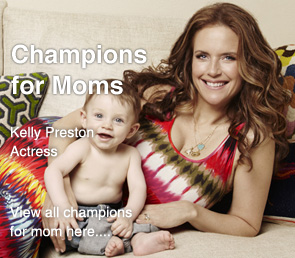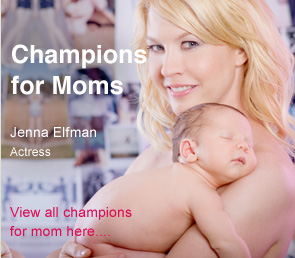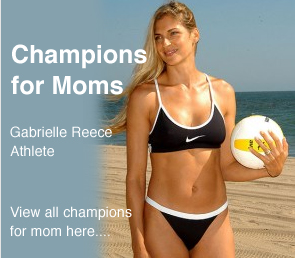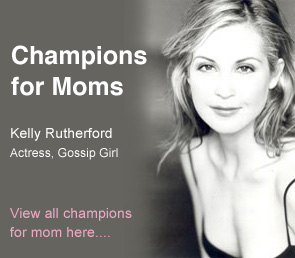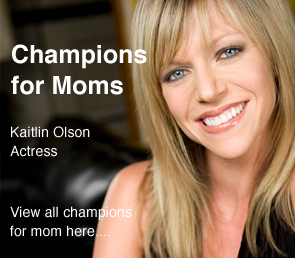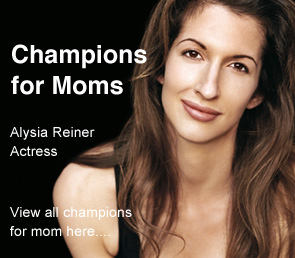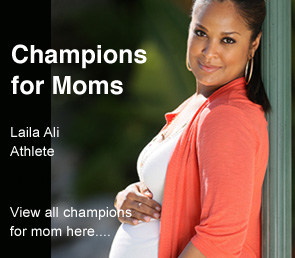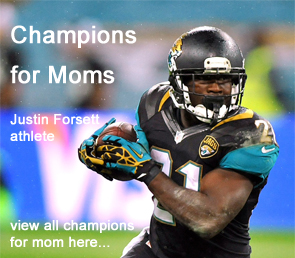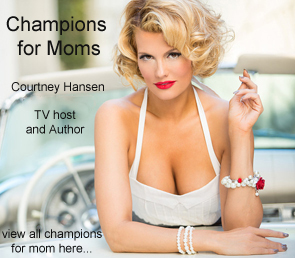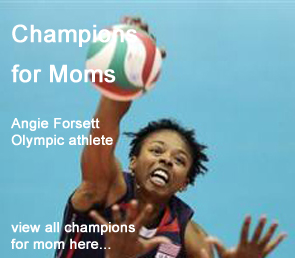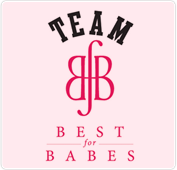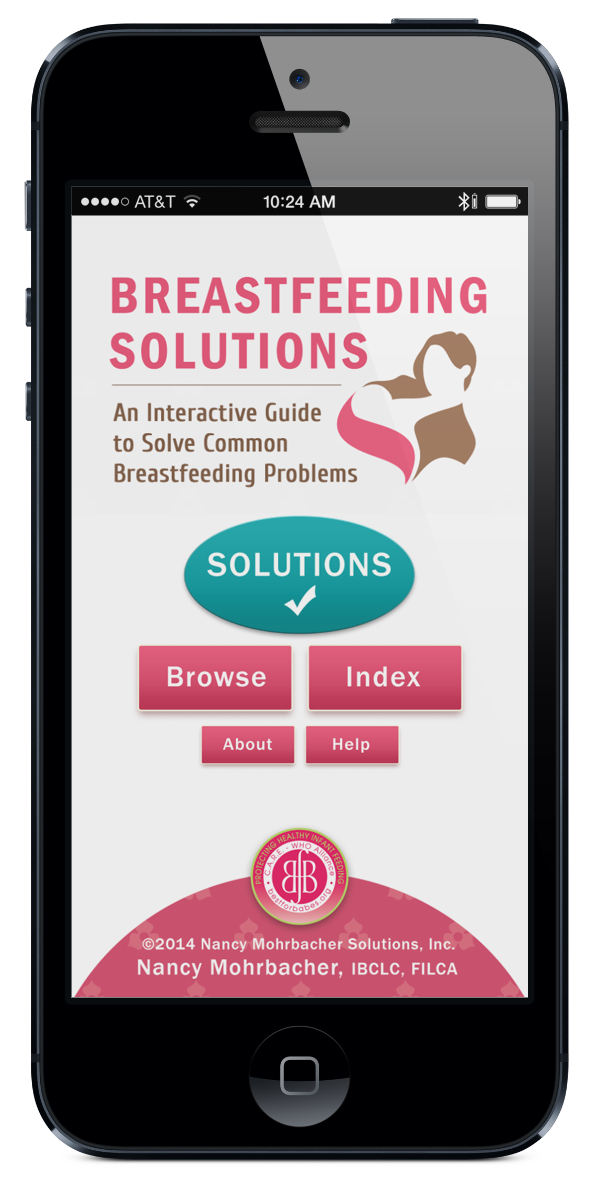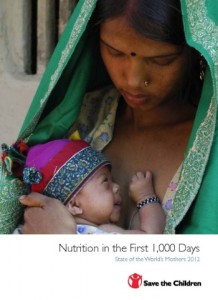 This post is the 42nd in a series on Booby Traps, made possible by the generous support of Motherlove Herbal Company.
This post is the 42nd in a series on Booby Traps, made possible by the generous support of Motherlove Herbal Company.
Those of you who have experienced one or more of the many barriers to breastfeeding in the U.S. may feel a little vindicated by Save the Children’s most recent State of the World’s Mothers report. The report catalogues problems in infant nutrition in the first 1,000 days, in both the developing and developed world.
Our ranking among industrialized countries explains why so many of us struggle to meet our breastfeeding goals:
The United States ranks last on the Breastfeeding Policy scorecard. It is the only economically advanced country – and one of just a handful of countries worldwide – where employers are not required to provide any paid maternity leave after a woman gives birth. There is also no paid parental leave required by U.S. law. Mothers may take breaks from work to nurse, but employers are not required to pay them for this time. Only 2 percent of hospitals in the United States have been certified
as “baby-friendly” and none of the provisions of the International Code of Marketing of Breast-milk Substitutes has been enacted into law. While 75 percent of American babies are initially breastfed, only 35 percent are being breastfed exclusively at 3 months.
The countries that ranked the highest? Norway, Slovenia, and Sweden. In Norway mothers can take up to 36 weeks off work with 100 percent of their pay or 46 weeks with 80% pay, and an additional 12 months of child care leave, which can be taken by mothers or fathers. Norwegian moms have the right to nursing breaks at work as they need them. In Norway, nearly 80 percent of hospitals are certified as Baby Friendly, and many provisions of the International Code of Marketing of Breast-milk Substitutes have been enacted into law. The result: 99% of mothers initiate breastfeeding and 70 of babies are exclusively breastfed at 3 months.
Closer to home, Canadian mothers receive 17 weeks of 55% paid leave and both parents can split up to 35 weeks of parental benefits. This probably sounds quite generous to most American moms, but to give you a sense of how low the U.S. ranks, our friends to the North received only a “fair” rating and sit only still ranked 31st out of 36 countries.
The report lists a number of American Booby Traps many of you know too well, including lack of evidence-based policies in hospitals, lack of cultural support, and short and unpaid maternity leave policies. It also points to disparities by race, income, and education, which I was interested to see exist not only here but also in Australia and the U.K.
Save the Children notes, “Perhaps the most effective way to improve breastfeeding rates is to provide longer periods of paid maternity leave. Countries with generous maternity and
parental leave policies – such as Denmark, Norway and Sweden – tend to have
high breastfeeding rates.” The report cites a recent study (which I had filed in my head under “Bleeding Obvious”) which found that women whose maternity leave lasted longer than six weeks were more likely to initiate and sustain breastfeeding, and more likely to breastfeed exclusively, compared to moms who returned to work one to six weeks after giving birth. (That the researchers could find women who had to return to work at one or two weeks is the real - and tragic - story, in my opinion.)
Maternity leave policies are part, but not all of the equation, as our breastfeeding rates drop off significantly before many women return to work, and breastfeeding rates have historically been low among women who aren’t employed. As I’ve been writing in this series, there are Booby Traps which start in the prenatal period (if not before), additional traps related to labor and birth, and more during the newborn period at the hospital. And of course there are many more once we leave the hospital, the topic of many forthcoming posts.
The good news is that, in spite of our current ranking, things are changing, and quickly. From new state and federal laws guaranteeing a right to pump, to CDC initiatives to increase the number of Baby Friendly Hospitals (currently at 4%); from insurance coverage for breastfeeding support to a Surgeon General and First Lady who are actively promoting breastfeeding; from the Joint Commission’s use of exclusive breastfeeding as a performance measure to a growing number of celebrities who are making breastfeeding their cause, things are changing. And I have hope that one day in the not too distant future we won’t rank first in Booby Traps.
Until then, look for me, daydreaming, at Ikea.
Do you think that our status as worst in breastfeeding support in the industrialized world is fair? Have you been affected by the Booby Traps the report cited? What do you think it will take for these things to change?



